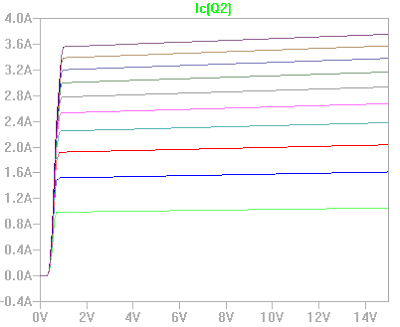So now we try to explain why this is the frequency, in a as much as intuitive way we can :)
First look at the circuit:
And suppose we have some residual current flowing in it, exchanging the energy from the capacitor to the inductor and vice versa, what we can say additionally?
Since it is a closed mesh the sum of all the voltage should be zero, so we can say:
And always because the element are collected in a closed mesh, the same current flow in both L and C.
So what is the voltage on an inductor? We can remember it intuitively: after a while we can guess the voltage tends to 0, after all an inductor is just a wire :) But we know that if we try to change the current value flowing in an inductor, we will have a voltage opposing to it, so the inductor voltage seems to be proportional at the speed the current change into it, and since a speed is well expressed as a derivative we can remember the voltage around the inductor being:
The capacitor voltage we know increase as much current we pump into it, and the voltage increase as less as the capacity is big, so we can use this to intuitively remember the voltage depending on the inverse of capacity and the integral of the current:
So we can wrote our mesh voltage equation:
So the trick is, find a function i(t) able to satisfy this equation, at this point the intuition can't help too much, we need some maths to solve differential equations, but first we need to write it in a more understandable form by removing the integral part, this can be achieved by differentiating both the side of the equation. After doing so let's move all to the left and divide by L:
the equation %o1 is out guy, I just replaced k=L*C.
As you can see we have the famous sinusoidal source ( that by the way demostrate the I(t) being a sine wave as we verify in simulation before ), and we see the angular speed being proportional to the inverse of the square root of LC, as stated! The 2*PI constant come to the fact we need to divide for the number of radiant we have in a turn to have the frequency.
Well of course we have to manage some math, but I'm sure with the right tools we better dig into the meaning of things.
It is interesting too that the same equations can be used to explain simple harmonic motion in mechanichs. In this case the energy exchanged is, for example in the case of a pendulum, form the kinetic and potential energy acquired by the mass when it move from the lower to the upper position. The resistange damping the oscillation is given by the air and joint friction.























